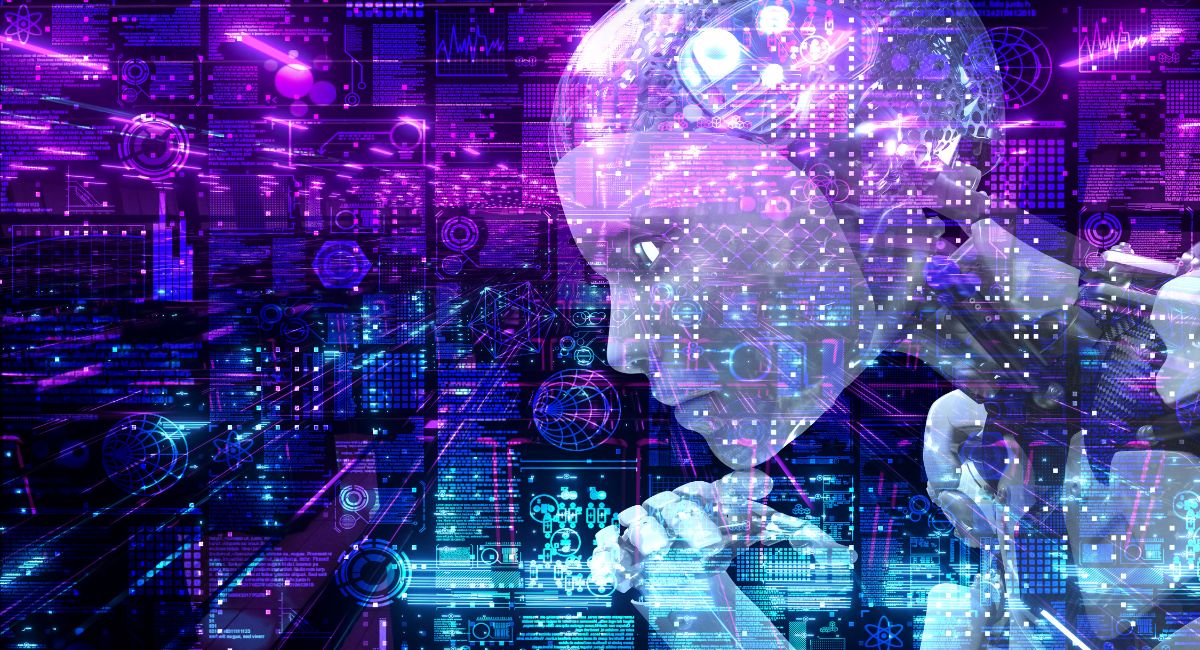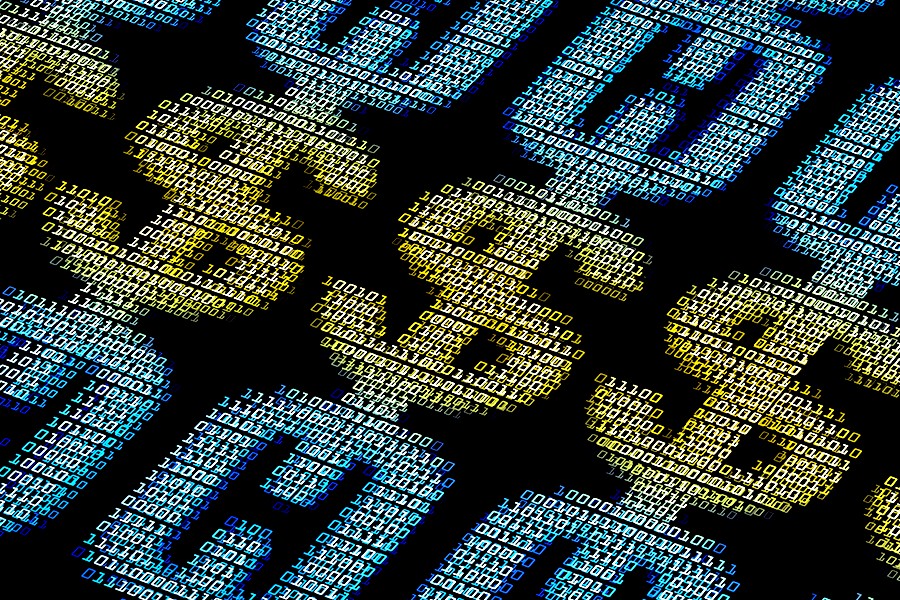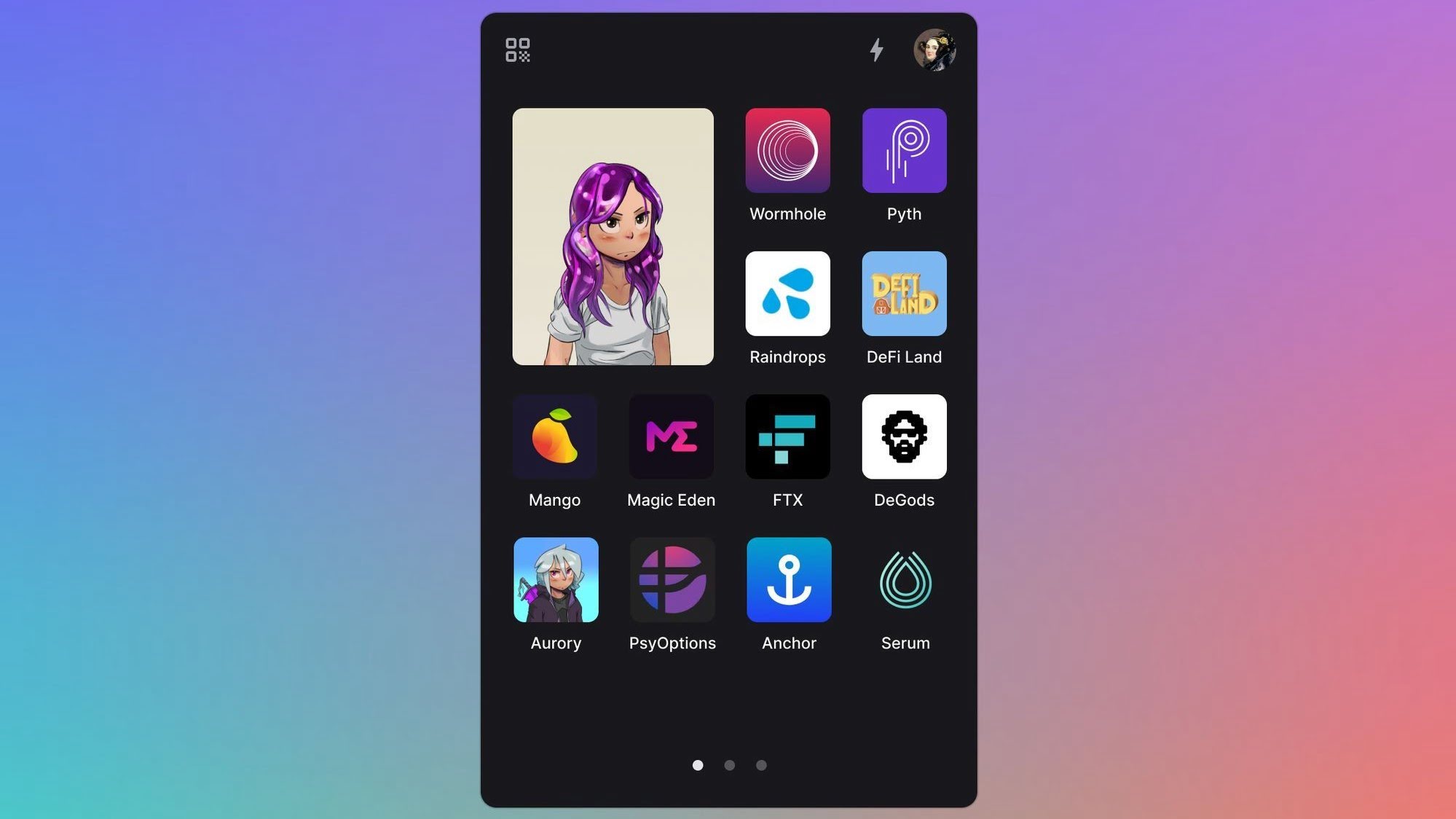Explores the power of generative AI and its relationship to blockchain

[gpt3]rewrite
Artificial intelligence has witnessed remarkable advances in recent years, and one of the most exciting and promising areas of study is Generative AI. Generative AI refers to a class of algorithms and models that can create, imitate, or generate new content, whether it’s images, text, music, or even human-like conversations. This exciting technology has enormous potential
Artificial intelligence has witnessed remarkable advances in recent years, and one of the most exciting and promising areas of study is Generative AI. Generative AI refers to a class of algorithms and models that can create, imitate, or generate new content, whether it’s images, text, music, or even human-like conversations. This exciting technology has enormous potential for various industries, including art, design, entertainment and more. Let’s discuss the world of Generative AI and its impact on the future of creativity and innovation.
Understanding generative AI
Generative AI systems, often built on deep learning architectures such as generative adversarial networks (GAN) or variational autoencoders (VAE), have revolutionized how we think about machine learning. These systems learn from vast amounts of data and use that knowledge to generate new content. They can understand and imitate patterns, styles and structures, allowing them to produce highly realistic and creative results.
Applications of generative AI
Creative Content Generation: Generative AI has been used in various artistic domains, such as visual art, music composition, and creative writing. Artists and designers can leverage these algorithms to generate new and unique designs, artwork and musical compositions, pushing the boundaries of creativity.
Data Augmentation: Generative AI can augment data sets by generating synthetic examples, improving the performance of machine learning models. This approach helps overcome the limitations of limited training data, leading to more accurate and robust models.
Virtual Characters and Environments: Generative AI can create lifelike characters and immersive environments in games and virtual reality. By simulating realistic behavior, expressions and interactions, these systems elevate the gaming experience to unprecedented levels.
Personal recommendations: Online platforms can leverage Generative AI to provide users with personalized recommendations. These systems improve user engagement and satisfaction by analyzing user preferences and generating content that matches their tastes.
Drug discovery and materials design: Generative AI has shown great promise in accelerating the drug discovery process and materials design. By generating virtual compounds and materials, researchers can explore a vast chemical space, discovering new molecules and materials with desirable properties.
Also Read – Ethereum 2.0 The evolution of a blockchain giant: scalability and sustainability
Relationship between Generative AI and Blockchain
Generative artificial intelligence (AI) and blockchain technology are two pioneering fields that have the potential to revolutionize various industries. While generative AI enables the creation of synthetic media, blockchain provides a decentralized and transparent infrastructure for secure data management. This article delves into the intersection of generative AI and blockchain, exploring how these technologies complement each other and the potential benefits they bring when combined.
- Verifiable authenticity in generative AI:
Generative AI techniques, such as deep learning models such as Generative Adversarial Networks (GANs) and Variational Autoencoders (VAEs), have the ability to generate realistic images, videos and audio that are indistinguishable from real content. However, this also raises concerns about the authenticity and reliability of such generated media. By utilizing blockchain technology, it becomes possible to establish verifiable authenticity and traceability for generative AI outputs. Blockchain’s immutability and decentralized nature enable the creation of a tamper-proof record of the generative AI process, ensuring that generated content can be reliably traced back to its source.
- Protection of intellectual property:
Generative AI has enormous potential in the creative industry, but it also presents challenges related to intellectual property rights and ownership. Blockchain can provide a transparent and immutable ledger for recording and managing ownership rights. Smart contracts distributed on the blockchain can automatically enforce license terms and enable creators to securely monetize their generative AI creations. This combination empowers artists, photographers, musicians and other content creators to protect their intellectual property rights, track usage and receive fair compensation for their work in a decentralized manner.
- Decentralized data training and collaboration:
Training AI models often requires extensive computational resources and large amounts of data. However, obtaining high-quality training data can be challenging due to privacy concerns, data access restrictions, and data silos. Blockchain technology can facilitate decentralized data marketplaces and secure data sharing protocols. This allows data owners to maintain control over their data while providing selective access to AI researchers and developers. With blockchain, generative AI models can be trained on diverse and decentralized datasets, leading to more robust and objective models.
- Tokenized incentives for AI contributions:
Blockchain’s native digital tokens, such as cryptocurrencies or utility tokens, can serve as incentives for participants in generative AI ecosystems. By tokenizing contributions, individuals can be rewarded for providing high-quality training data, improving AI models, or creating innovative generative AI algorithms. Blockchain’s transparent and auditable nature ensures that token distribution and rewards are conducted fairly, fostering a collaborative and incentivized environment for AI research and development. Tokenization aligns participants’ interests, stimulates innovation and accelerates the development of generative AI technologies.
- Safe marketplace for AI models and content:
The combination of generative AI and blockchain can make it possible to create secure marketplaces for AI models and generated content. Smart contracts on the blockchain can facilitate automated transactions, ensuring that ownership, licensing and usage rights are transferred transparently and securely. AI models can be deployed as decentralized applications (DApps) on blockchain platforms, enabling developers and users to access and use models in a decentralized manner. This opens up new opportunities for revenue generation, sharing and collaborative development of generative AI models and content.
Be curious about latest developments in technology: Learn about use cases in new technologies like Metaverse, Web 3, Generative AI, ML, NFT, Cypto, Blockchain etc for your product pic.twitter.com/jiaHvIjrjY
— twisha prasad (@twishaaprasad) 8 May 2023
Advantages of Generative AI in blockchain
Generative AI offers several benefits when integrated with blockchain technology. Here are some key benefits:
- Verifiable authenticity: Generative AI can produce realistic and sophisticated content, such as images, videos and audio. By leveraging the blockchain’s immutable and transparent nature, generated content can be associated with a digital signature or token, enabling easy verification of authenticity. This ensures that consumers and users can trust the origin and integrity of generative AI output, reducing concerns about fake or manipulated content.
- Intellectual Property Protection: Blockchain provides a decentralized and secure platform for the management of intellectual property rights. By combining generative AI with blockchain, creators can register their AI-generated creations on the blockchain, establishing ownership and copyright claims. Smart contracts can be used to automate licensing agreements, ensuring creators are properly credited and compensated for their generative AI work.
- Transparent and auditable data training: Generative AI models require large amounts of high-quality training data. However, accessing diverse and reliable datasets can be challenging. Blockchain enables the creation of decentralized data marketplaces, where individuals can contribute their data while maintaining ownership and control. Through the transparent and auditable nature of the blockchain, data contributors and AI model developers can trust the origin and quality of the training data, leading to more robust and accurate generative AI models.
- Collaborative development and research: Blockchain promotes collaborative environments by allowing multiple participants to contribute to the development and improvement of generative AI models. Smart contracts can be used to incentivize and reward contributors, creating a token economy that encourages collaboration and innovation. This distributed approach to AI development promotes knowledge sharing, data sharing and collective intelligence, leading to advances in generative AI technologies.
- Secure Marketplace for AI Assets: Blockchain enables the creation of decentralized marketplaces for the trading and sharing of generative AI assets, such as models, algorithms and generated content. Smart contracts can be used to establish transparent and automated transactions, ensuring secure transfer of ownership and licensing agreements. This opens opportunities for creators to monetize their generative AI resources and allows users to access and use these resources in a trusted and decentralized manner.
- Data protection and security: Generative AI often requires access to sensitive and private data. Blockchain’s distributed and encrypted nature provides a secure platform for managing and sharing data. Users can maintain control over their data while providing selective access to AI models, ensuring privacy and data security. This aspect is particularly important in industries where privacy is most important, for example healthcare or finance.
- Immutable and traceable provenance: Blockchain’s immutability allows for an auditable record of generative AI processes and transactions. This enables traceability and verification of each step in the generative AI pipeline, ensuring transparency and accountability. Provenance tracing can be crucial in applications where regulatory compliance, ethical considerations or legal requirements are involved.
By harnessing the benefits of generative AI in blockchain, we can unlock new opportunities for trust, transparency, collaboration and innovation in various domains. The integration of these technologies has the potential to transform industries, drive new business models and empower creators and users in the digital ecosystem.
Conclusion
The convergence of generative AI and blockchain technology has significant potential to transform industries ranging from art and media to data sharing and intellectual property management. By leveraging blockchain’s decentralized, transparent, and secure infrastructure, generative AI can address challenges related to authenticity, intellectual property protection, data access, collaboration, and marketplace transactions. As both technologies continue to evolve, the integration of generative AI and blockchain will pave the way for innovative applications, decentralized ecosystems and new business models, driving the next wave of technological advancements.
[gpt3]






















